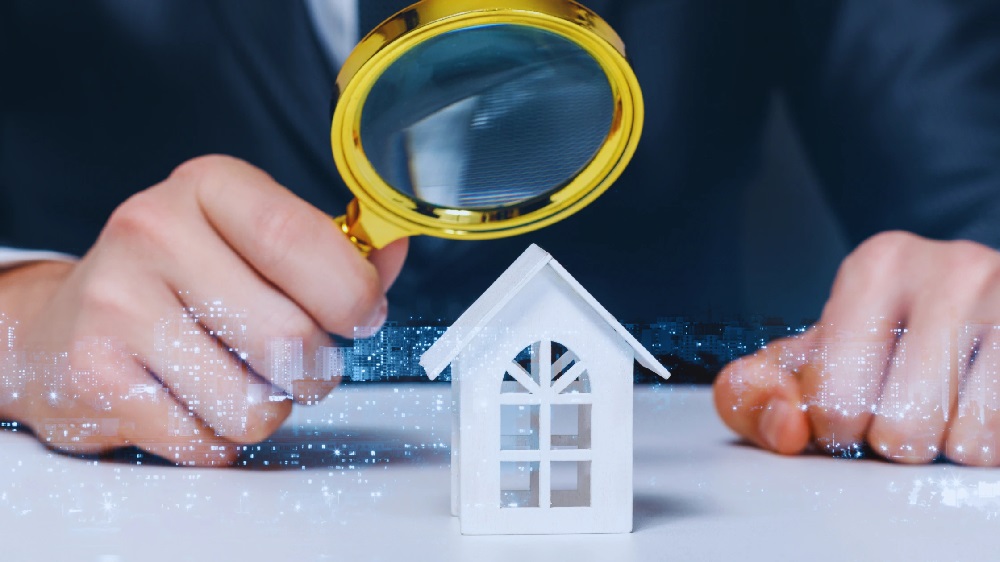Building inspections are changing fast. In the past, inspectors had to rely on their eyes and essential tools. Gone are the days of clipboards and paper forms. Today, it is becoming increasingly common for inspectors to record their findings using tablets and smartphones. This digital approach has many benefits. Inspectors can quickly fill out forms, take photos, and send reports from the job site.
Drones take flight
- One of the most exciting changes in building inspection is using drones.
- These flying devices can reach places that are hard or dangerous for humans to access.
- Drones can inspect roofs, tall buildings, and large structures with ease.
- Drones are beneficial for checking the condition of roofs.
- They can spot missing shingles, leaks, or other issues without the need for ladders or scaffolding, making the inspection process safer and faster.
3D scanning and mapping
- The 3D scanning technology will also transform building inspections over the next few years.
- A detailed 3D model of a building can be created in minutes using lasers or unique cameras.
- A 3D scan can also accurately measure spaces.
- This data type has many uses, from planning renovations to checking if a building meets code requirements.
- You can save scans and compare them over time to track changes in building conditions.
Thermal imaging reveals hidden issues.
Thermal cameras can detect problems that are difficult to detect with normal vision. This camera detects heat patterns and shows where loss of energy is occurring.
- Air leaks around windows and doors
- Missing insulation in walls
- Overheating electrical systems
- Hidden water leaks
This technology helps catch issues early before they become big and expensive problems.
Intelligent sensors for ongoing monitoring
Some buildings now have built-in sensors that constantly check their health.
- Air quality
- Temperature
- Humidity
- Structural movement
The data from these sensors helps building owners and inspectors spot problems quickly.
Virtual, augmented, and mixed realities
Virtual reality (VR) and augmented reality (AR) are starting to be used in building inspections. With VR, inspectors can “walk through” a digital version of a building.
AR overlays digital information in the real inspector wearing AR glasses might see essential details about a building’s systems as they look around navigate here for building inspections Sydney. This technology can provide instant access to building plans and past inspection reports.
Artificial intelligence and artificial learning
Artificial intelligence (AI) and machine learning are making inspections brighter. These technologies can:
- Analyse photos to detect defects
- Predict when parts of a building might need repair
- Help schedule inspections based on a building’s needs
- Spot patterns in inspection data across many buildings
Mobile apps for better communication
Unique mobile apps are improving how inspectors work with building owners and managers. These apps make it easy to
- Schedule inspections
- Track repair work
- Keep a history of a building’s condition
- Tiny robots that can inspect pipes and other hard-to-reach areas
- Advanced materials that change colour when there’s damage
These technologies will help make buildings safer, more efficient, and better maintained. Technology is making building inspections faster, safer, and more thorough. From drones in the sky to wall sensors, new tools give inspectors a clearer picture of a building’s condition as these technologies improve.







